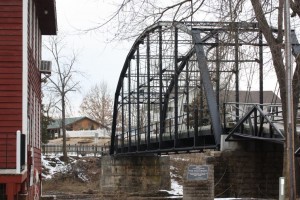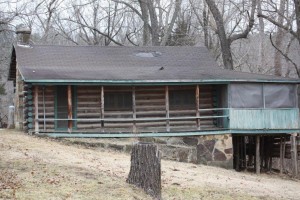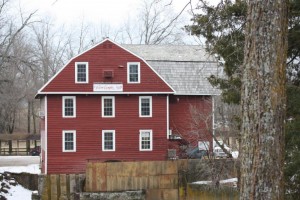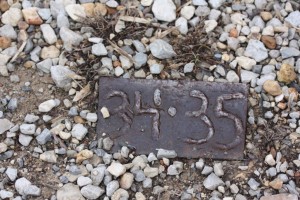To many, the name “War Eagle” is synonymous with craft fairs, funnel cakes and stone milled grains — but in reality, War Eagle is much more than that. The settling of this part of Northwest Arkansas is a fascinating story of grit, determination, and an undeterred, entrepreneurial spirit.
Sylvanus Blackburn – Not Your Average Teenager
The year was 1832, and 21 year old Sylvanus Blackburn set out from Tennessee to the Arkansas Territory, which was not formally admitted into the Union until 1836. It was not uncommon for early settlers to make their way from Tennessee to the area to start afresh — what may have been atypical, however – even for that particular era – was for a young man to take on such an arduous and ambitious quest.
Five years prior to his Arkansas trek, 16 year old Sylvanus married Catherine Brewer, who was also 16 and a Tennessee native. They made the decision to travel to Arkansas after they’d been married for five years and had had a couple of children.
After arriving in Arkansas, Blackburn and his son spent the night at the home of an acquaintance living in Lowell, Arkansas. The next day, he set out to explore a ford located on the War Eagle River.
Although Blackburn probably never heard the term “location, location, location,” he must have intuitively known of the concept, as he chose 160 acres in the area (purchased for 13 and a half cents, per acre) to build a thriving – and still operational – grist mill.
His first order of business was to build a log cabin for him and his son to live in while he set about building the mill:
The following year, he sent for his wife, children, parents and slaves to join him there.
In 1838, the first of many setbacks occurred on the property — that spring, a flood destroyed the mill, which the tenacious Blackburn soon rebuilt. He also built a large two story home for his family to live in:

The War Eagle Bridge. The two story home beyond the bridge is the house Blackburn built for his family.
The mill prospered right up until the Civil War.
Five of Blackburn’s sons joined the Confederate Army in the early 1860s; the Army used the mill during the war while Blackburn and his family relocated to Texas. The Confederates burned the mill two days prior to the Battle of Pea Ridge in an effort to keep the Federals from occupying it.
Sylvanus and Catherine endured an even harsher blow at this time: one of their beloved sons was killed in battle.
Reconstruction Years
Despite their undoubted heartbreak, Sylvanus and his wife returned to War Eagle and adopted several civil war orphans as his sixth son, James, began rebuilding the mill. In addition to housing a thriving business, the mill was the social epicenter of the area — a plethora of social events, weddings and dances were held at the mill through the years.
In 1890, Catherine Blackburn passed away — her grieving husband instructed grave diggers to leave her grave open until he could be buried next to her. Uncannily, his intuition was once again particularly acute, as he passed away just five days later. They are both buried in the Blackburn Family Cemetery in War Eagle.




What a nice idea. I love War Eagle and the Bean Palace.
We do, too! What a testament to early American fortitude!